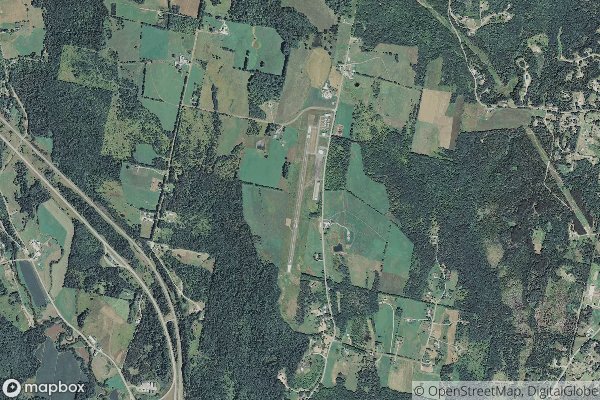| Code | ASE/KASE |
| Name | Aspen/Pitkin County Airport |
| Location | Aspen, Colorado |
| Major Airlines | United Airlines, American Airlines, Delta Air Lines |
- See here the complete List Of All Airports In United States with Codes.
Understanding ASE/KASE Airport Code (Structure of Airport Codes, Challenges and Confusions)
When you book a flight or look at your boarding pass, you may notice a three-letter code next to the name of the airport. These codes, known as airport codes, serve as unique identifiers for airports around the world. They are used by airlines, travel agents, and passengers to quickly and efficiently identify airports during the booking and travel process. The ASE/KASE airport code, in particular, is used to identify the Aspen/Pitkin County Airport in Colorado.
Decoding Airport Code
The ASE/KASE airport code may seem random or confusing at first, but there is actually a method to the madness. Airport codes are typically derived from the name of the airport or the city it serves. In the case of ASE/KASE, “ASE” represents Aspen, the city where the airport is located, while “KASE” represents the airport itself. The “K” at the beginning of the code indicates that the airport is located in the United States, while the following three letters uniquely identify the airport within the country.
Operational Significance
The ASE/KASE airport code plays a crucial role in aviation operations. Pilots, air traffic controllers, and airline personnel use these codes to communicate vital information about flight plans, arrivals, and departures. For example, when filing a flight plan or requesting permission to land, pilots must include the airport code to ensure that air traffic controllers are aware of their intended destination. Similarly, airline personnel use airport codes to manage flight schedules, gate assignments, and baggage handling. Without these codes, the aviation industry would struggle to maintain safe and efficient air travel.
As for the history of airport codes, their use dates back to the 1930s when the International Air Transport Association (IATA) first introduced the two-letter airport codes. These codes were originally based on the weather station at the airport, but as air travel expanded, the need for a more comprehensive and standardized coding system became apparent. This led to the development of the three-letter airport codes we use today, which offer a greater level of differentiation and specificity.
In conclusion, airport codes like ASE/KASE play a crucial role in the world of aviation. While they may seem random or confusing at first, these codes are designed to provide essential information about airports and their locations. By understanding the structure and significance of airport codes, passengers and aviation professionals can navigate the complexities of air travel with greater ease and efficiency.

